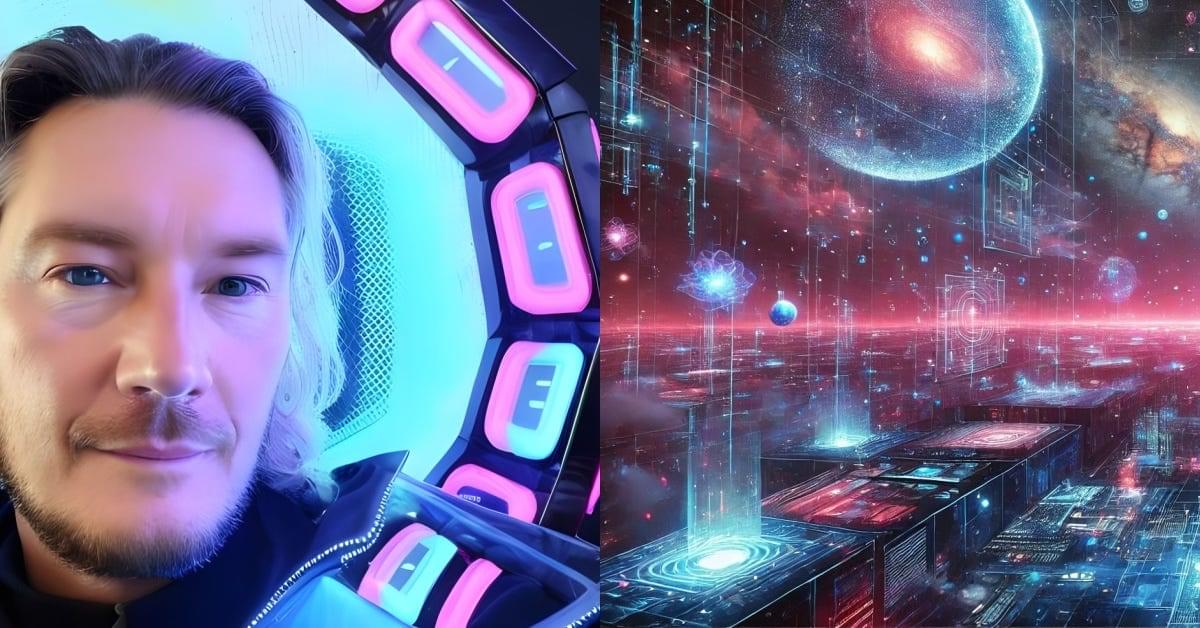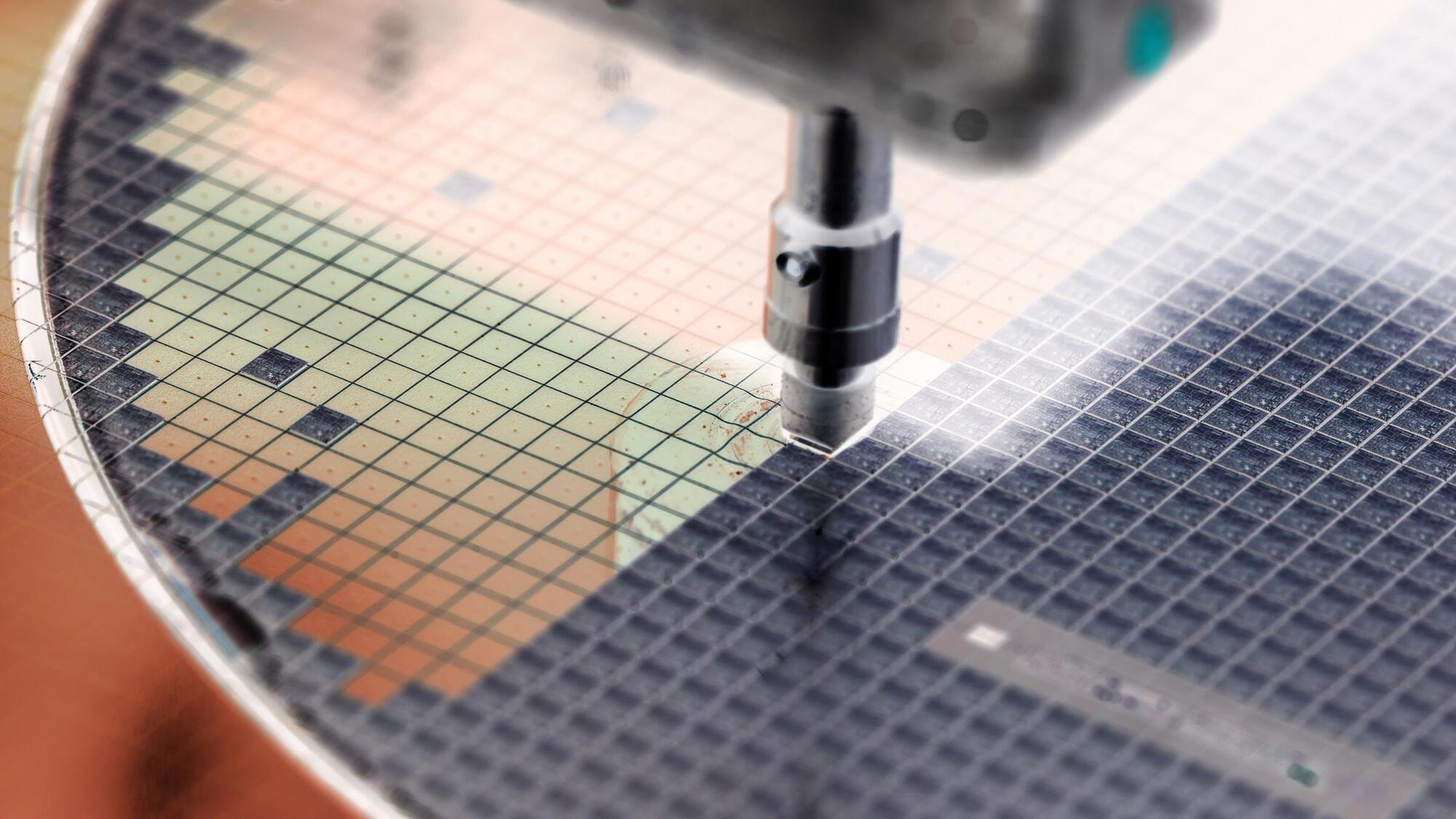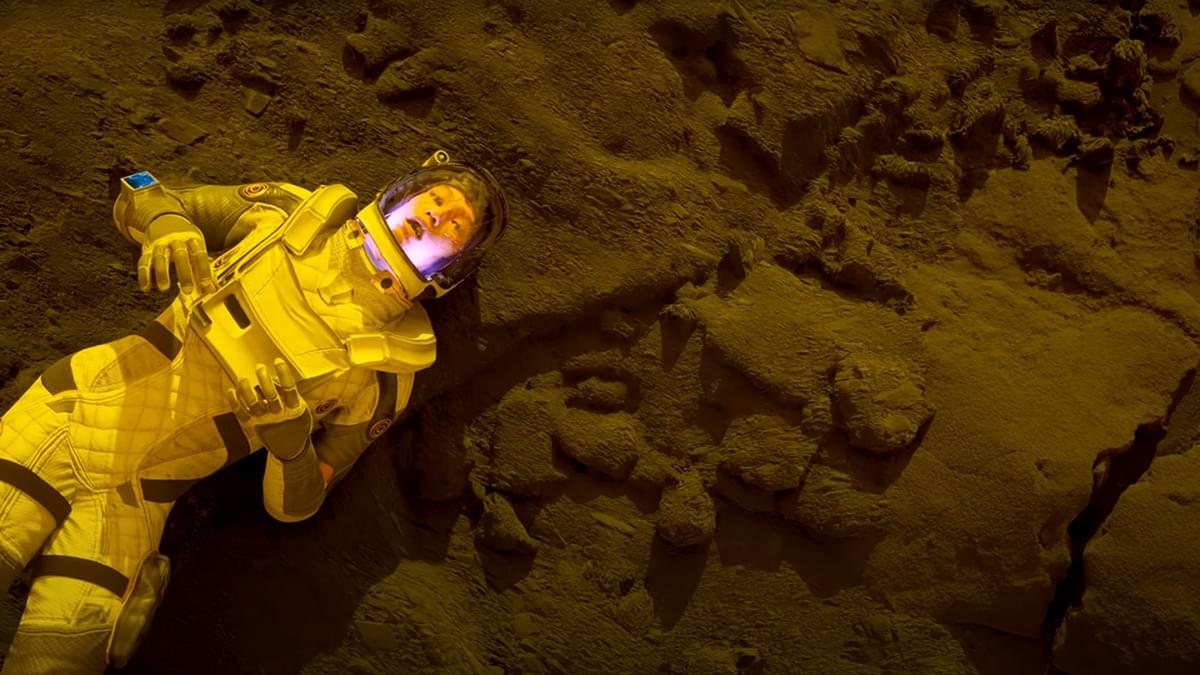Carlo Rovelli’s theories challenge time as fundamental, proposing it’s an illusion arising from entropy and causal events, reshaping our understanding of the universe.



Simulation Metaphysics extends beyond the conventional Simulation Theory, framing reality not merely as an arbitrary digital construct but as an ontological stratification. In this self-simulating, cybernetic manifold, the fundamental fabric of existence is computational, governed by algorithmic processes that generate physical laws and emergent minds. Under such a novel paradigm, the universe is conceived as an experiential matrix, an evolutionary substrate where the evolution of consciousness unfolds through nested layers of intelligence, progressively refining its self-awareness.
#SimulationMetaphysics #OmegaSingularity #CyberneticTheoryofMind #SimulationHypothesis #SimulationTheory #CosmologicalAlpha #DigitalPhysics #ontology

Our body isn’t just human—it’s home to trillions of microorganisms found in or on us. In fact, there are more microbes in our gut than there are stars in the Milky Way. These microbes are essential for human health, but scientists are still figuring out exactly what they do and how they help.
In a new study, published in Nature Microbiology, my colleagues and I explored how certain gut bacteria—a group known as Enterobacteriaceae—can protect us from harmful ones. These bacteria include species such as Escherichia coli (E coli). This is normally harmless in small amounts but can cause infections and other health problems if it grows too much.
We found that our gut environment—shaped by things like diet—plays a big role in keeping potentially harmful bacteria in check.

To improve data storage, researchers are perfecting 3D NAND flash memory, which stacks cells to maximize space.
Researchers have discovered a faster, more efficient way to etch deep holes in 3D NAND flash memory using advanced plasma.
Plasma is one of the four fundamental states of matter, along with solid, liquid, and gas. It is an ionized gas consisting of positive ions and free electrons. It was first described by chemist Irving Langmuir in the 1920s.
The Gaia mission, launched by the European Space Agency.
The European Space Agency (ESA) is an intergovernmental organization dedicated to the exploration of space, established in 1975. Composed of 22 member states, ESA conducts a broad range of missions focused on Earth observation, human spaceflight, scientific exploration of the solar system, and the development of related technologies and infrastructure. It collaborates extensively with other space agencies around the world, such as NASA, to undertake significant joint missions, including the International Space Station (ISS) and the Hubble Space Telescope. ESA also plays a crucial role in developing satellite-based technologies and services that benefit Europe and the world, including telecommunications, navigation, and environmental monitoring.
In recent decades, the power of technology has been advancing at an exponential rate. For how much longer can this trend continue, and where will we be when it comes to an end?
This video is a clip from AlwaysAsking.com Episode 3: \.
If we can turn an entire planet into a computer. It might be the last thing human civilization ever needs to invent.
💪 JOIN [THE FACILITY] for members-only live streams, behind-the-scenes posts, and the official Discord: / kylehill.
👕 NEW MERCH DROP OUT NOW! https://shop.kylehill.net.
🎥 SUB TO THE GAMING CHANNEL: / @kylehillgaming.
✅ MANDATORY LIKE, SUBSCRIBE, AND TURN ON NOTIFICATIONS
📲 FOLLOW ME ON SOCIETY-RUINING SOCIAL MEDIA:
Explore the mysteries of Saturn’s moon Titan, a world shrouded in thick atmosphere and icy landscapes. Could this distant moon harbor life beyond Earth? Join us as we delve into the fascinating possibility of life on Titan, from its subsurface ocean to its surface lakes and seas. What secrets lie hidden beneath the surface of this alien world? Let’s dive into the latest discoveries and scientific theories to uncover the truth about life on Titan. Is there life beyond our planet? The search continues…
An interview with Jason Wright on Prior Technological Species as well as compilations exploring the idea that we may not be the first here on earth or the first forms of life in our solar system.
